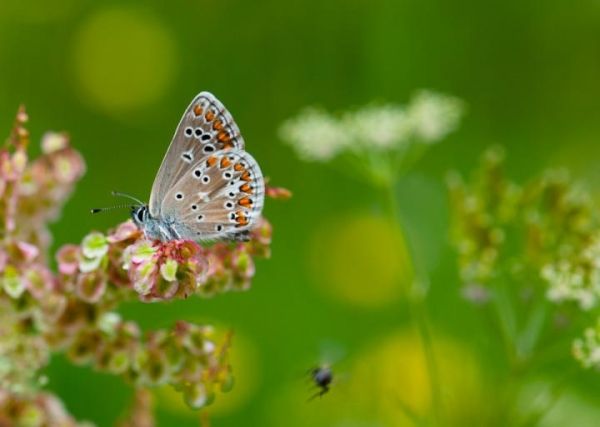For pollinating butterflies, it is more important to be close to forests than to agricultural fields, according to a study by researchers at LiU and the Swedish University of Agricultural Sciences (SLU) in Uppsala. The results provide important knowledge about how to plan and manage the landscape to ensure the survival of butterflies.
Semi-natural grasslands are one of Sweden’s most species-rich habitats, with a multitude of plants and butterflies. However, the amount of such areas has been reduced by 90% in the past 100 years. Semi-natural grasslands are often preserved as just small fragments in the landscape. Their loss has led to many species of butterfly being decimated, and in some cases eliminated from parts of Sweden. The researchers who carried out the new study, published in the scientific journal Landscape Ecology, have investigated how the landscape around these fragments influences different species of butterfly in southern Sweden. A total of 32,000 butterflies from 77 species were found.
“Several of our results are really exciting, and demonstrate that the species richness of semi-natural grasslands is influenced by other factors than the properties of the grasslands themselves. The surrounding landscape is also important for butterflies. If the semi-natural grasslands are embedded within large regions of arable land, the number of species is reduced”, says Karl-Olof Bergman, senior lecturer in the Department of Physics, Chemistry and Biology, IFM.
Read more at Linköping University
Image: Northern brown argus in Swedish landscape. (Credit: Karl-Olof Bergman)


